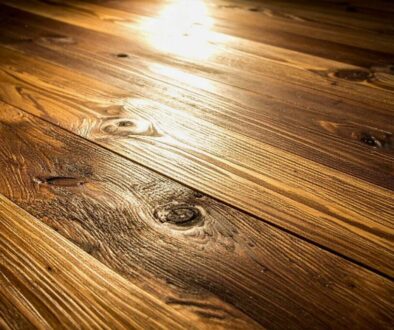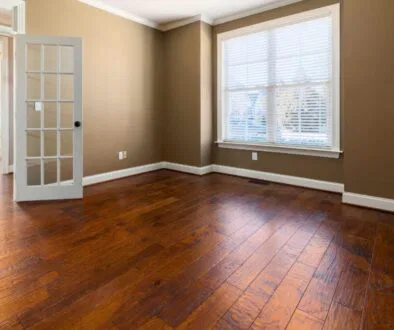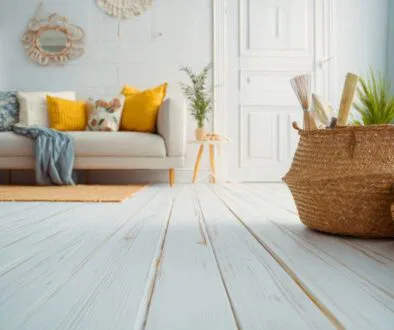What Not To Do When Bleaching Wood Floors
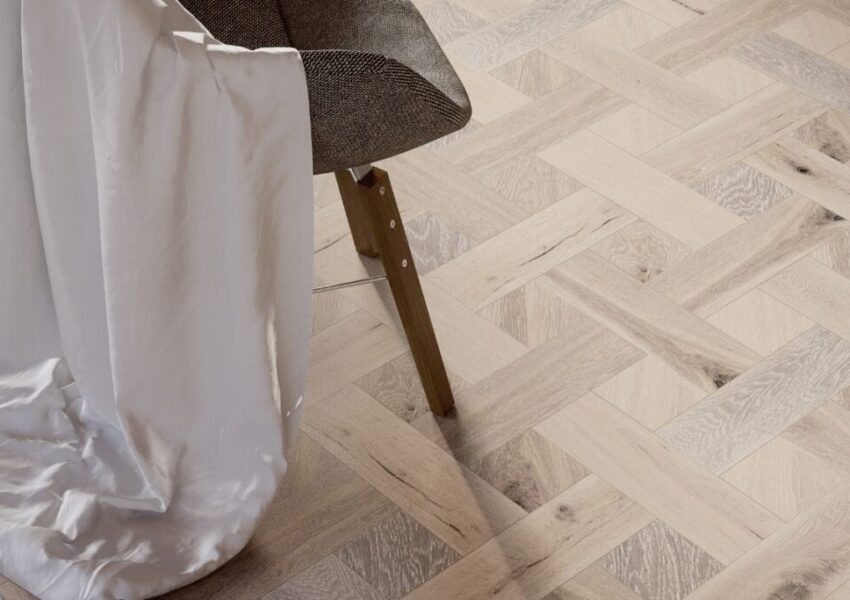
Published January 9, 2024
Wood floors are attractive when they’re new. Yet, over time, various substances spill onto them, such as water, cola, and even urine. This creates stains on the surface that make it look dark and unattractive. Hence, the need for bleaching. Restoring the allure of worn hardwood floors may seem simple. Yet, the bleaching process requires the right approach. Mistakes in this activity may lead to unexpected challenges.
In general, bleaching wood floors is an easy do-it-yourself (DIY) task. In case you’re wondering, applying bleach on wood is safe. However, if you have exotic wood like Brazilian cherry and mahogany, you need harsh chemicals like oxalic acid and chlorine. If you’re not careful, you could get burns and scalds.
So, if you’re wondering—can you use bleach on hardwood floors? It’s best to know some cautionary advice before you start. First, let’s look at the bleaching process.
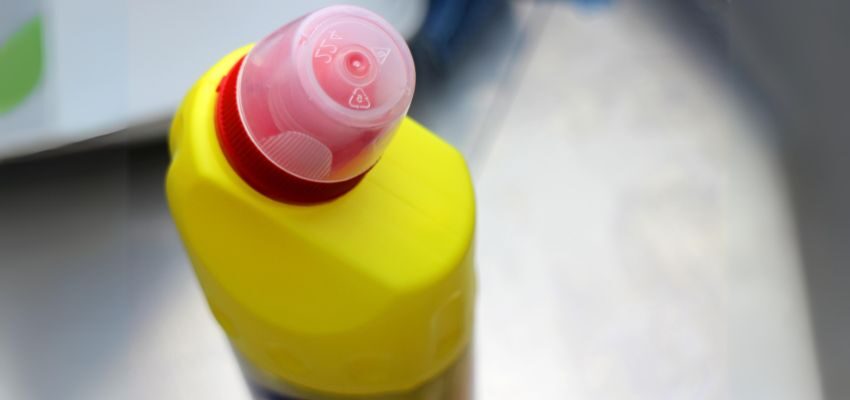
How Bleach Works On Hardwood Flooring
Bleaching wood floors involves a chemical process that lightens the wood’s color. It serves as a viable option for restoring your floor’s original beauty if discolored over time or due to stubborn stains. The method proves helpful in rejuvenating the timeless allure of your hardwood floors.
Two popular techniques bleach wood. One involves applying oxalic acid. The other combines hydrogen peroxide and sodium hydroxide. These methods lighten the color of the wood. They ensure a refreshed appearance while maintaining originality.
Bleaching can lighten and rejuvenate hardwood floors. It’s vital to use the appropriate type of bleach and follow safety precautions to safeguard your floor and yourself.
Common Mistakes To Avoid When Bleaching Wood Floors
If you plan on bleaching wood floors, here are several considerations on what not to do during the bleaching process.
1. Don’t Forget To Remove Protective Sealants
When applying bleach on hardwood floors, it must penetrate the surface. If protective sealants on the wood’s surface are still present, you’ll waste money. The sealant prevents the bleach from reaching the wood’s surface. So, no matter how often you apply bleach, it won’t work.
Depending on the type of sealant on the wood, you can either sand it or use thinner or a chemical stripper. If you’re sanding the wood, don’t forget to clean it thoroughly after.
If you’re working with antique wood, think before removing protective sealants. Doing so often decreases the value of vintage and specialty wood. If you have engineered hardwood, make sure the veneer is thick enough to sand it. If it’s not, you could damage your floor.
2. Don’t Forget To Do Some Research
Removing stains from wood requires a different process than lightening or darkening your floor. Plus, each type of stain needs specific types of bleaching agents. Regular household bleach should do the trick if you’re trying to eliminate water damage. It’s also great for common stains like tea or juices. You may need to use harsher chemicals, like oxalic acid, to remove stubborn iron or urine stains. Oxalic acid is also suitable for removing hardwood floor stains.
Achieving a specific color also requires different sets of chemicals. For instance, you can use a mixture of hydrogen peroxide and sodium hydroxide (caustic soda) if you want to change the natural wood color. If you’re trying to adjust the stain color, you may need diluted sodium hypochlorite or plain chlorine bleach.
Do some research first for whatever stain you’re trying to get rid of or whatever color you want to achieve. Chemical bleaches can be expensive. You don’t want to spend hundreds of dollars, only to find out it’s not what you need.
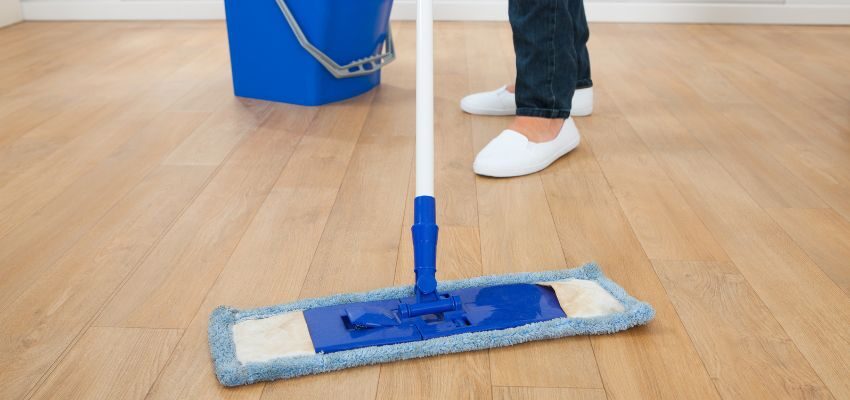
3. Don’t Apply The Bleach Without Testing It First
Wood reacts differently to various kinds of bleaching agents. To ensure it won’t damage the wood, test the bleaching product on a small area of your floor first. The area must be hidden but accessible, such as:
- Under your floor transition strip
- Under a base floorboard
- Under wall-to-wall carpeting attached by tack strips
- Under any floating floor that covers the wood flooring
4. Don’t Apply Too Much Bleach
Go easy on the bleach. Add it gradually. It’s like painting. You don’t add all the paint at once. Apply it layer by layer until you get the results you want. Avoid touching bleaching agents with bare skin.
It’s common sense that bleaching agents can harm your skin. So, always wear protective gear when working with them.

5. Don’t Pour The Bleaching Solution Onto The Floor
Applying a bleaching product is like using paint. Don’t pour bleach onto your floor because you apply it layer by layer. Use a paintbrush or a soft rag and apply a small amount of bleach onto the wood. Start at one point and move steadily around the entire area that requires bleaching.
6. Don’t Forget To Neutralize The Bleaching Agent
This is an important step that you should never skip. Neutralize the bleaching agent between treatments and after the last application. This helps eliminate any lingering bleach that may react with the wood’s sealant. Wipe it down with a 50-50 solution of water and white vinegar. Then, wait for the wood to dry before applying any sealant.
7. Don’t Use A Metal Container To Hold The Bleach
Bleach can harm metal, so avoid using pewter or copper bowls. Instead, opt for ceramic or glass containers for holding the bleach.
8. Don’t Work In A Poorly-Ventilated Space
Some bleaching agents release toxic fumes. The fumes can damage your skin and some internal organs if inhaled. When bleaching your hardwood floor, open all doors and windows. If there are no doors or windows, make sure there’s exhaust ventilation in the room.
9. Don’t Mix Bleach Ahead Of Time
When you mix bleach, it activates the bleaching agent. Then you have to hurry because it’ll soon dissipate. To avoid wasting money, don’t mix your bleach in advance.
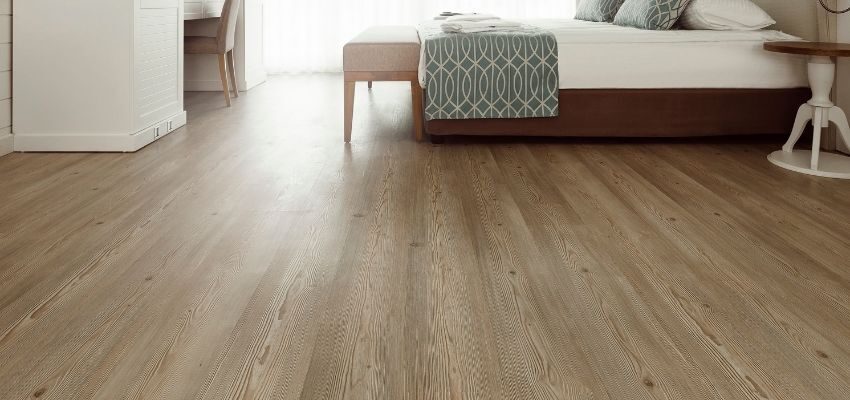
Frequently Asked Questions About Bleaching Wood Floors
1. Can you bleach hardwood floors?
You can utilize bleach to eliminate a stain or refresh a space. When using bleach on hardwood floors, it lightens the wood’s color and evens out its appearance.
2. Is bleaching wooden floors safe?
Bleaching wooden floors can be safe when done correctly. Use the appropriate type of bleach. Most people usually use oxalic acid or a mixture of hydrogen peroxide and sodium hydroxide. These other choices are considered to be safer.
3. Can I bleach my hardwood floors myself?
You can bleach hardwood floors on your own. But it’s better to hire professionals. This is because strong chemicals, like bleach, can be risky and hard to handle.
4. How long does it take to bleach hardwood floors?
The bleaching process can be time-consuming. It involves several hours of actual bleaching. You must allow time for drying between applications and after the final coat is applied. Overall, the process that creates the bleached wood floors may span several days.
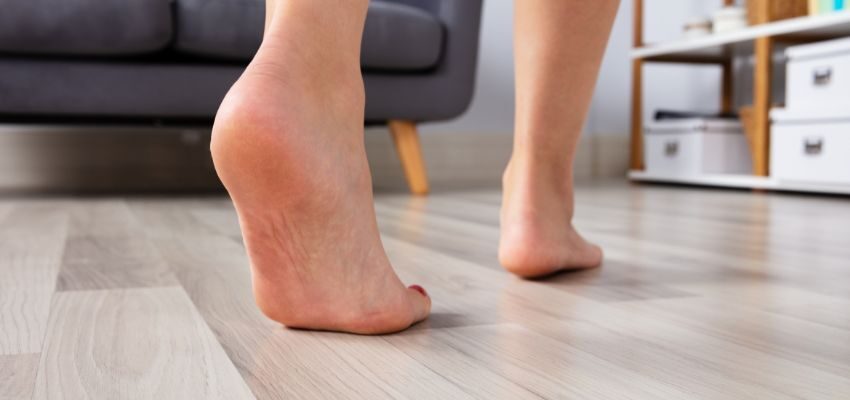
Master The Art Of Bleaching Wood Floors
Once you revitalize your hardwood floors, diligence and meticulous execution are crucial. Your floors can regain their former glory. However, it’s essential to approach the bleaching process with caution and precision. For the best results in bleaching wood floors, seek professional guidance. If not, carefully follow safety measures to ensure the safety and beauty of your space. With proper care, your floors will stand out and be ready to shine again.
Hire The Timber Experts For Your Next Project
Vintage & Specialty Wood should be your source of the highest quality timbers from around the world. When it comes to fabricating and installing reclaimed wood or specialty wood products in your home, we don’t cut corners. We offer many reclaimed wood and specialty wood products such as Douglas Fir, white oak, and much more. We also offer timber framing and wood flooring services as well. Contact our team today to speak to a timber expert about what Vintage & Specialty Wood can do for you.

This Blog Is Fact Checked
This content has undergone meticulous fact-checking by our team of internal experts. Gain a deeper understanding of the high editorial standards we uphold on our website here.

About The Author
Experience, exploration, and knowledge are the hallmarks of writer Rei Bayucca. Her dedication to crafting articles that both inspire and educate will leave you thinking long after you’ve finished reading.

